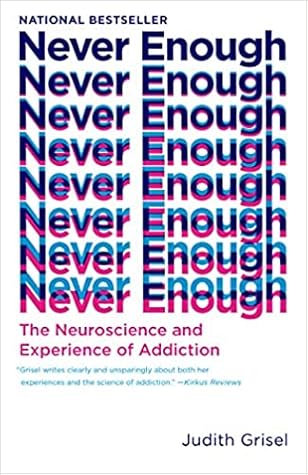More on this book
Community
Kindle Notes & Highlights
Read between
February 19 - February 27, 2019
Early on, a few depressed patients were implanted with electrodes so that they could self-stimulate the mesolimbic circuit in an attempt to help them feel better. Unfortunately, rather than being cured of depression as their doctors had hoped, these patients just became really distracted pressing their own “bars.” The clinical trials ended because they were deemed ineffective and perhaps even unethical.
When activity in the mesolimbic pathway is prevented—either physically by severing neurons or pharmacologically with drugs that block dopamine—organisms are unable to experience pleasure. So, if the pathway were somehow lesioned before a shot of alcohol or bump of cocaine, especially if these were among your initial experiences with those substances, you’d think the drugs were a complete waste of money (though you’d be sedated or behaviorally active, depending on which drug you had because those effects are produced elsewhere).
China and the Soviet Union, are reportedly reducing relapse rates by employing this strategy.3 However, it doesn’t work all that well for seasoned addicts who use mainly to avoid unpleasant symptoms associated with withdrawal rather than seeking a high.
they substitute for the neurotransmitters acetylcholine, anandamide, and endorphin, respectively, interacting at the receptor sites
opiate tolerance and dependence involved an increase in anti-opiates.
Stress is an especially potent cue because it leads to a “taste” of actual opioid activity,
The strength of these opponent processes may be so robust because the sensation of pain is so critical for survival.
In contrast, the half-life associated with the return of sensitivity to nicotine is about half an hour, and complete recovery and resensitization occur when doses of this drug are separated by only three hours.
I stood to my feet in the midst of the cosmos, appearing outwardly in flesh. I discovered that all were drunk and none were thirsty, and my soul ached for the children of humanity. For their hearts are blind and they cannot see from within. They have come into the cosmos empty, and they are leaving it empty. At the moment you are inebriated, but free from the effects of wine, you too may turn and stand. —Logion 28, The Gospel of Thomas: Wisdom of the Twin (translated by Lynn C. Bauman)


